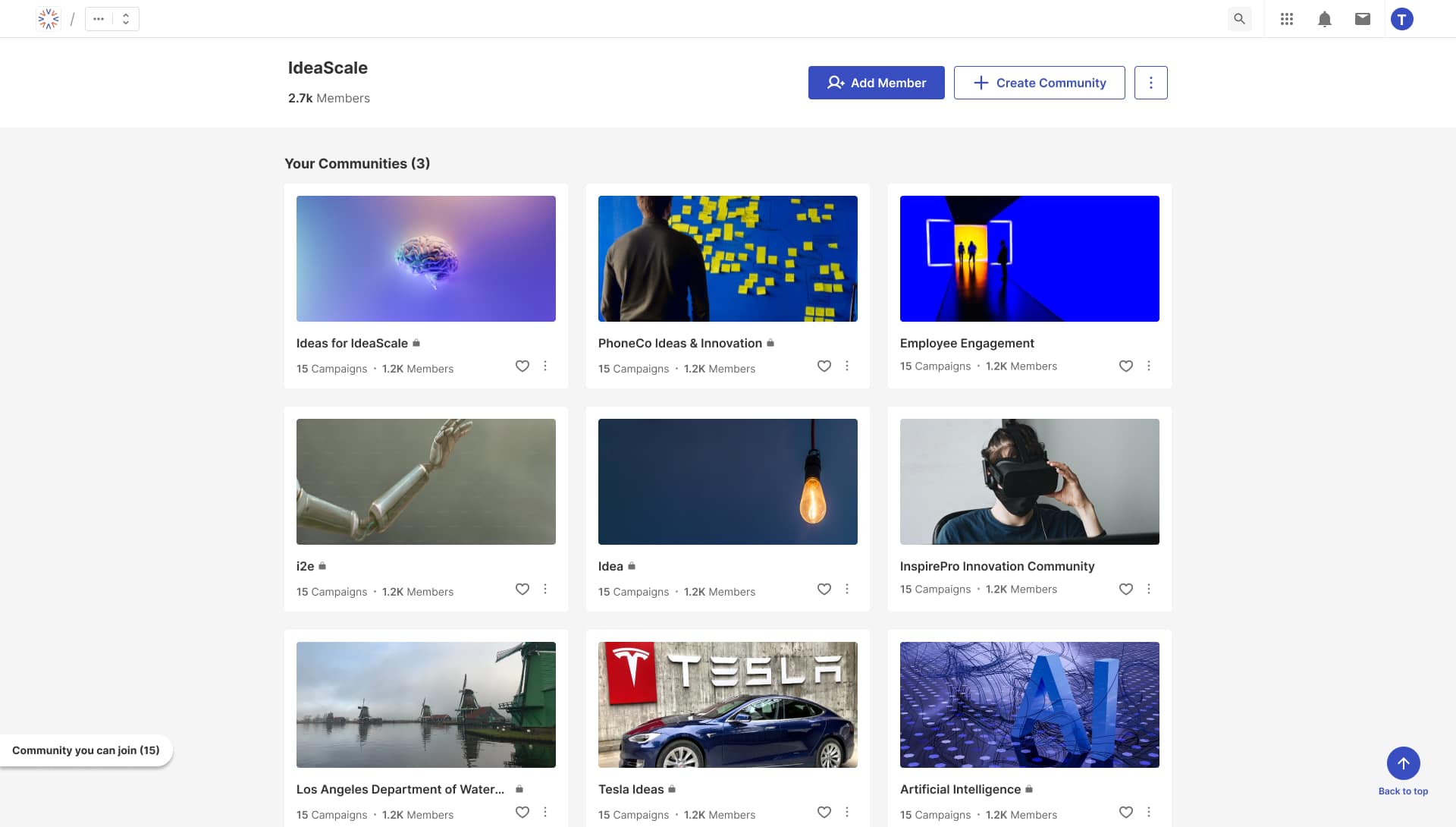Fostering employee engagement is crucial for creating a positive and productive workplace culture. Employee engagement is what causes employees to want to give extra effort at work. Employees who are engaged in their work feel as if they are making a real contribution, feel challenged but not overwhelmed, and believe their voice is heard. Since they consider themselves a valuable team member, they’re willing to do more than what is strictly required.
A workplace full of engaged employees is a wonderful thing. Not only do people get things done with a good attitude, they tend to look for ways to make things better. By contrast, an office full of disengaged employees can be dull and dismal. People are likelier to call out of work, less likely to give their best effort consistently and may have their eyes on the door for when a better opportunity comes along.
It is no surprise that engaged employees and the workplaces that encourage them are more likely to be innovative.
Fostering Employee Engagement Innovation Correlated
Data from TalentMap’s database indicate a correlation between strong employee engagement and support for innovation strategies. The top 10 percent of organizations with high employee engagement levels also had high scores for innovation statements. Furthermore, a higher percentage of employees in high-engagement workplaces believed their employer had a “culture of innovation,” as you can see in the following table:
| Innovation Statements Score | Is There a Culture of Innovation? | |
| High Engagement Companies | 80% | Yes (75%) |
| Low Engagement Companies | 66% | Yes (52%) |
Improving employee engagement is a powerful way for companies to create a culture where innovation strategies are valued. But simply saying innovation is important isn’t enough.
Environments That Quash Engagement and Innovation
What kinds of work environments stifle engagement (and hence, innovation)? Cultures that are quick to assign blame and cultures that are overly protective of the status quo are some of the worst offenders.

Quick blame and adherence to the status quo suppress both engagement and innovation.
“Blame” culture is one where people are averse to taking either responsibility or initiative. When people do make mistakes, they tend to want to hide them for fear of repercussions. Such organizations can become weighted down by too many cautionary checks and balances or outright micromanagement.
Companies that rely too heavily on “the way we’ve always done it” are also quick to smother innovation. It may be because the organization is successful and there’s a reluctance to change. Such companies tend to populate the workforce with “yes-people,” who are naturally averse to making waves. Hence, innovation is less likely.
How to Cultivate Engagement and Innovation
Communicating that the company values innovation strategies is a start, but companies must do more. Some techniques that work for increasing engagement and willingness to innovate include:
- Hiring a diverse workforce made up of curious and inspired people
- Ensuring the physical and IT environment are conducive to inspiration and offer opportunities for learning
- Deliberately scheduling “innovation days” or “innovation hours” when employees work on projects outside of their regular job role
- Encouraging collaboration through flexible spaces and collaboration technology tools
- Starting by solving existing problems to encourage further innovation strategies
Innovation strategies are becoming indispensable to modern business. The bargaining power of suppliers and customers and the constant entrants of new products and services into the market are just some of the phenomena driving innovation.
One of the best starting points for developing a culture of innovation is fostering employee engagement because employees who are passionate and committed about what they do are the ones most likely to come up with innovative ideas.
Most Recent Posts
Explore the latest innovation insights and trends with our recent blog posts.













